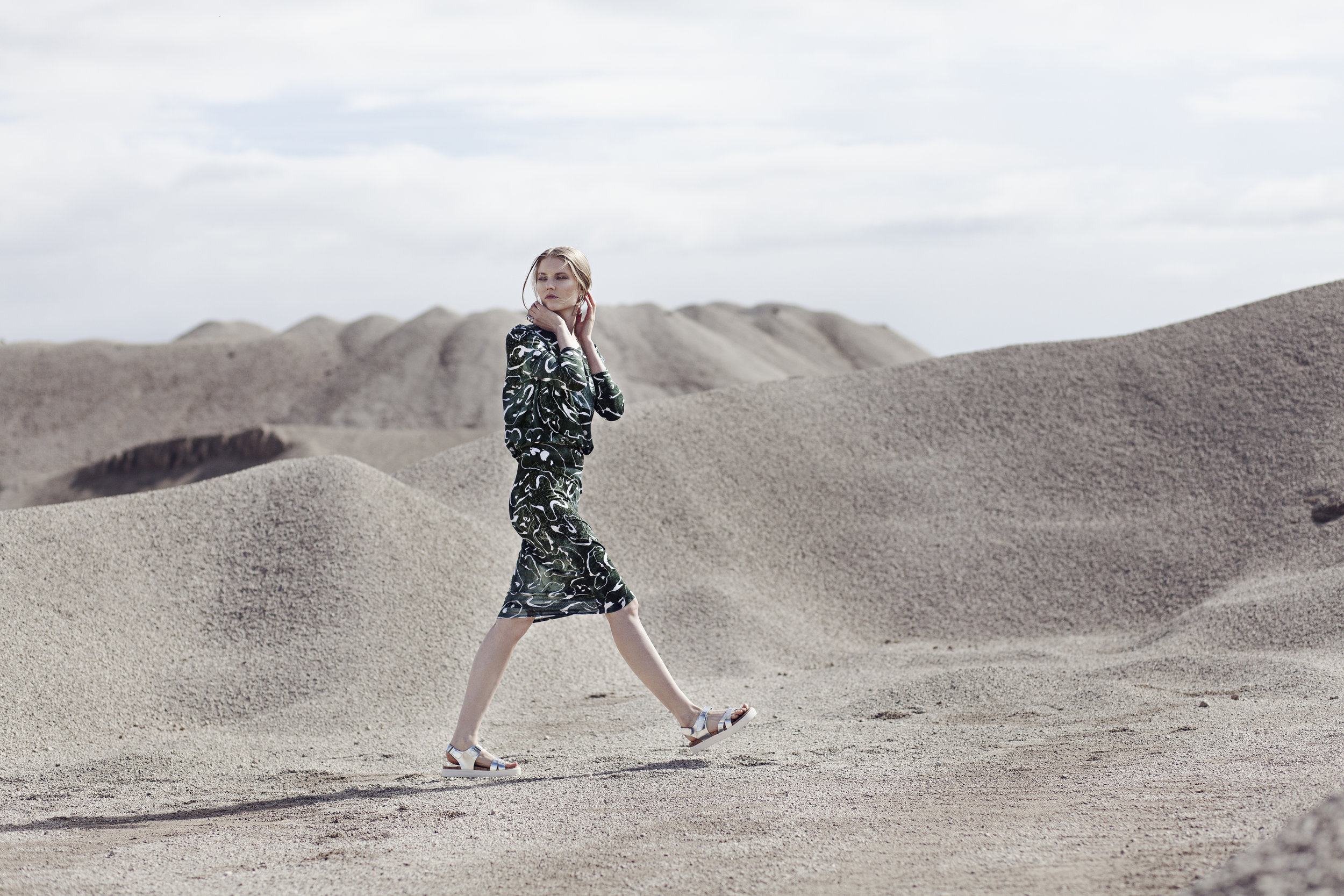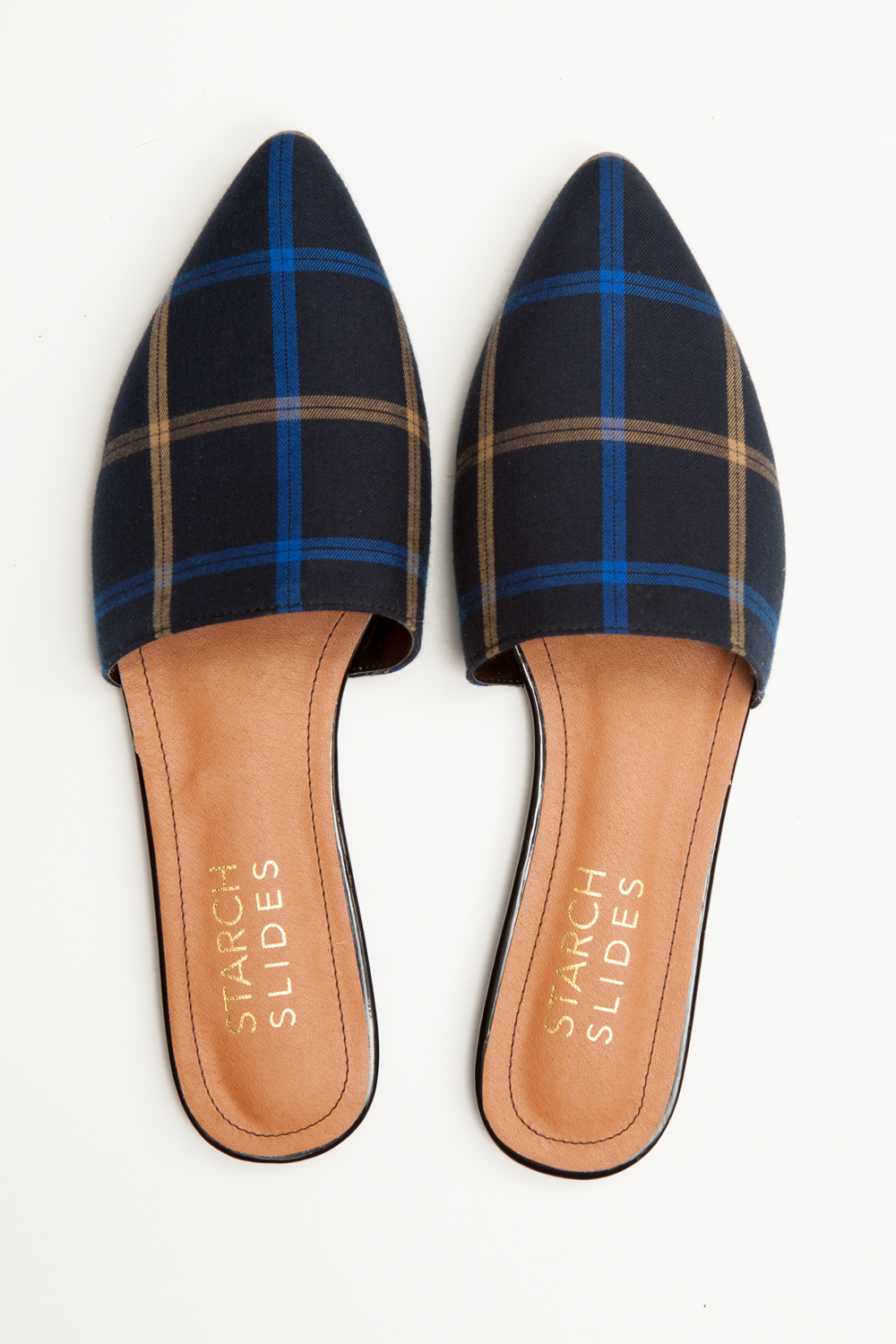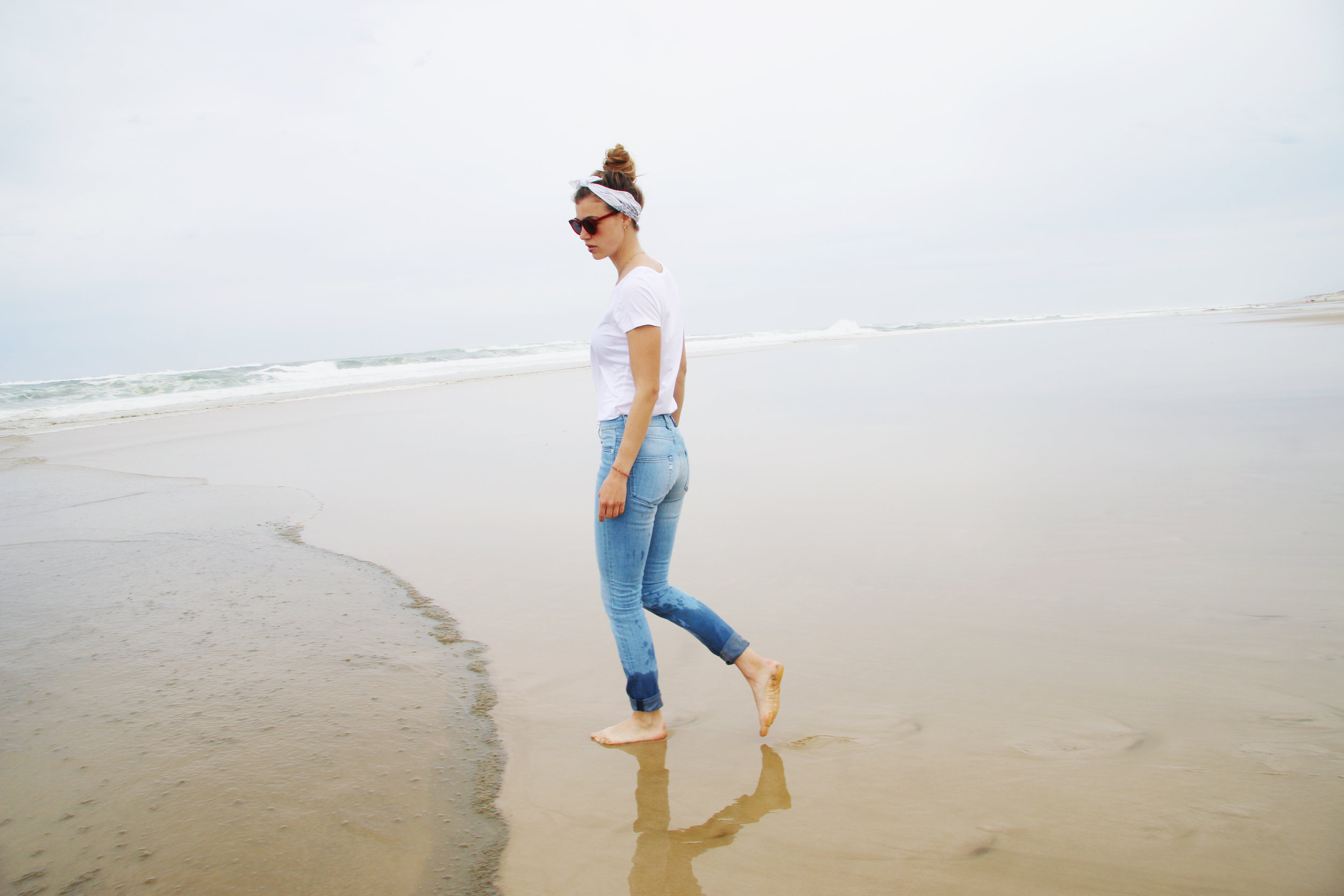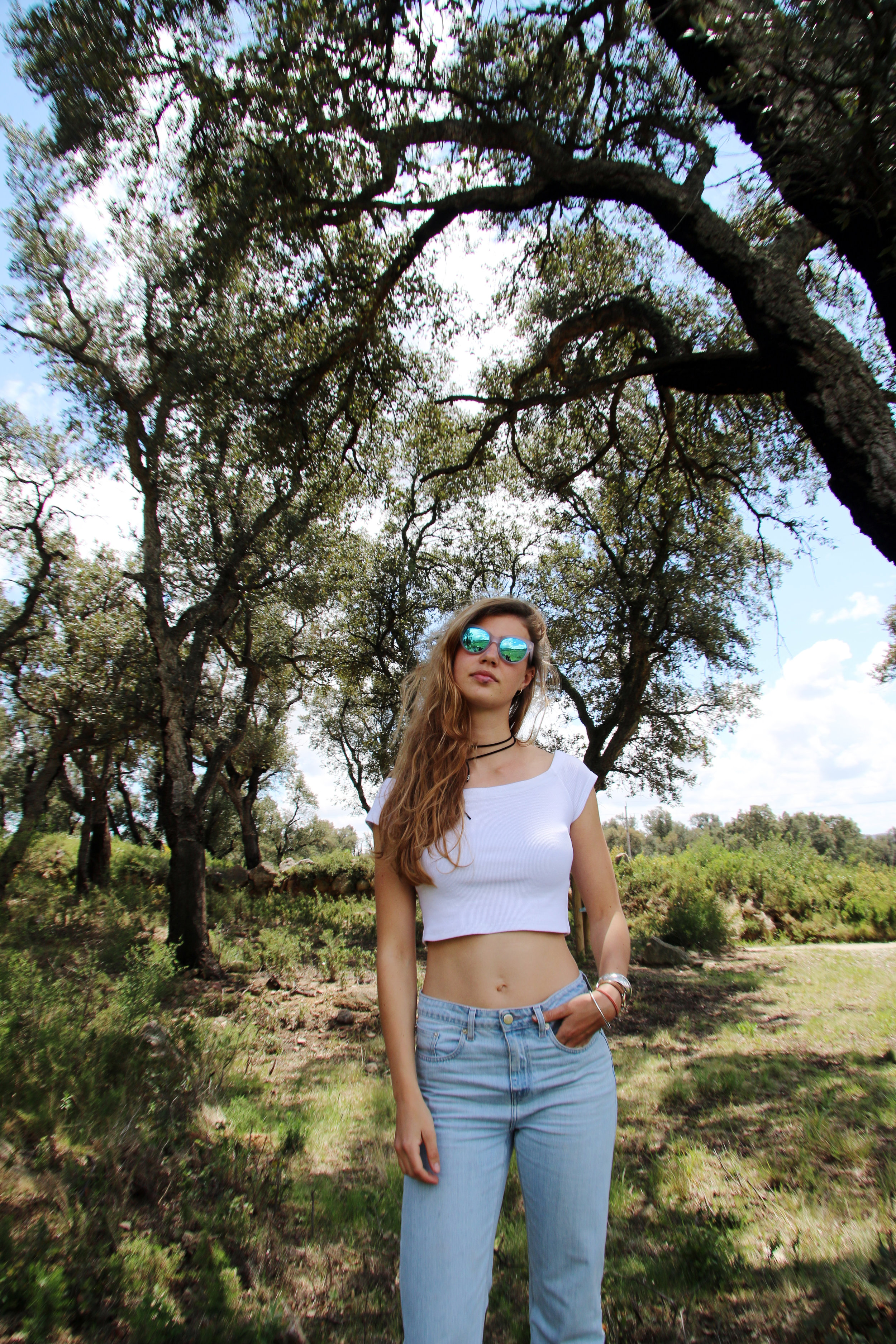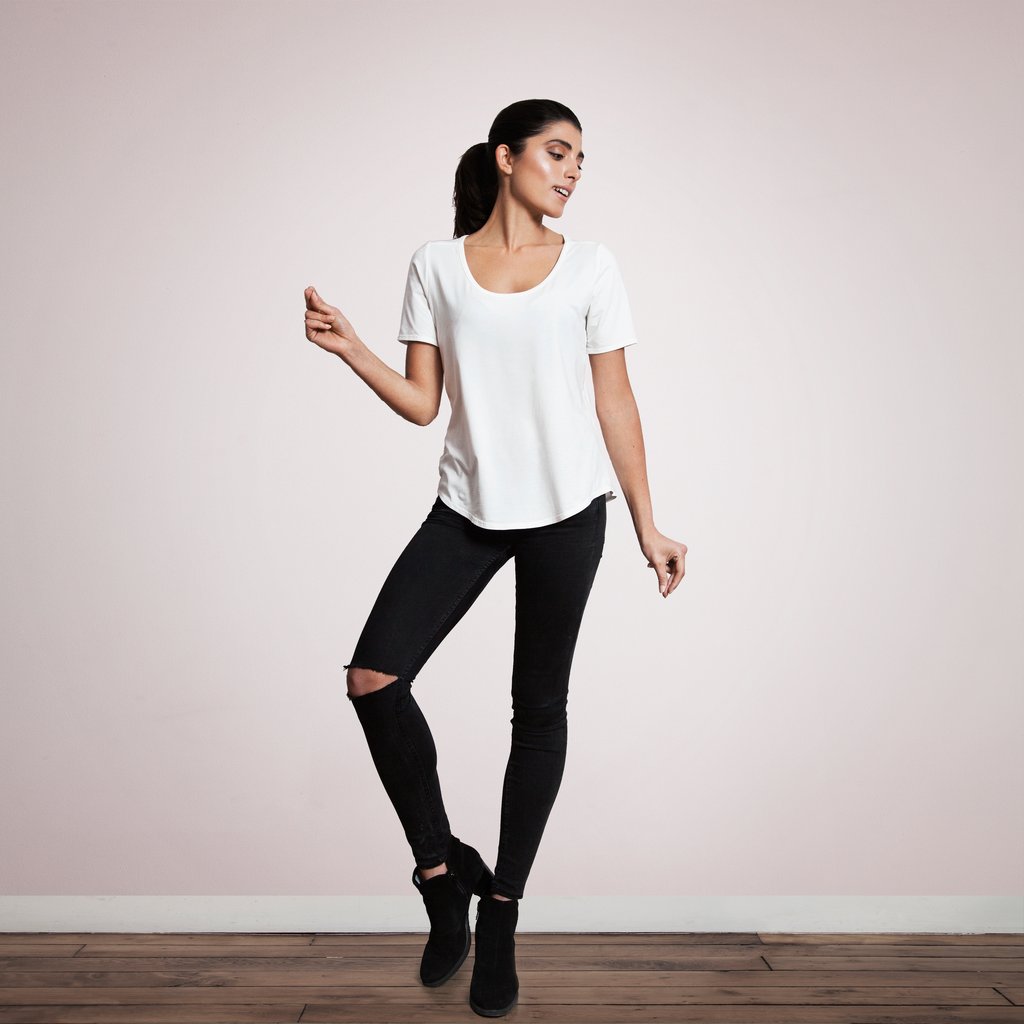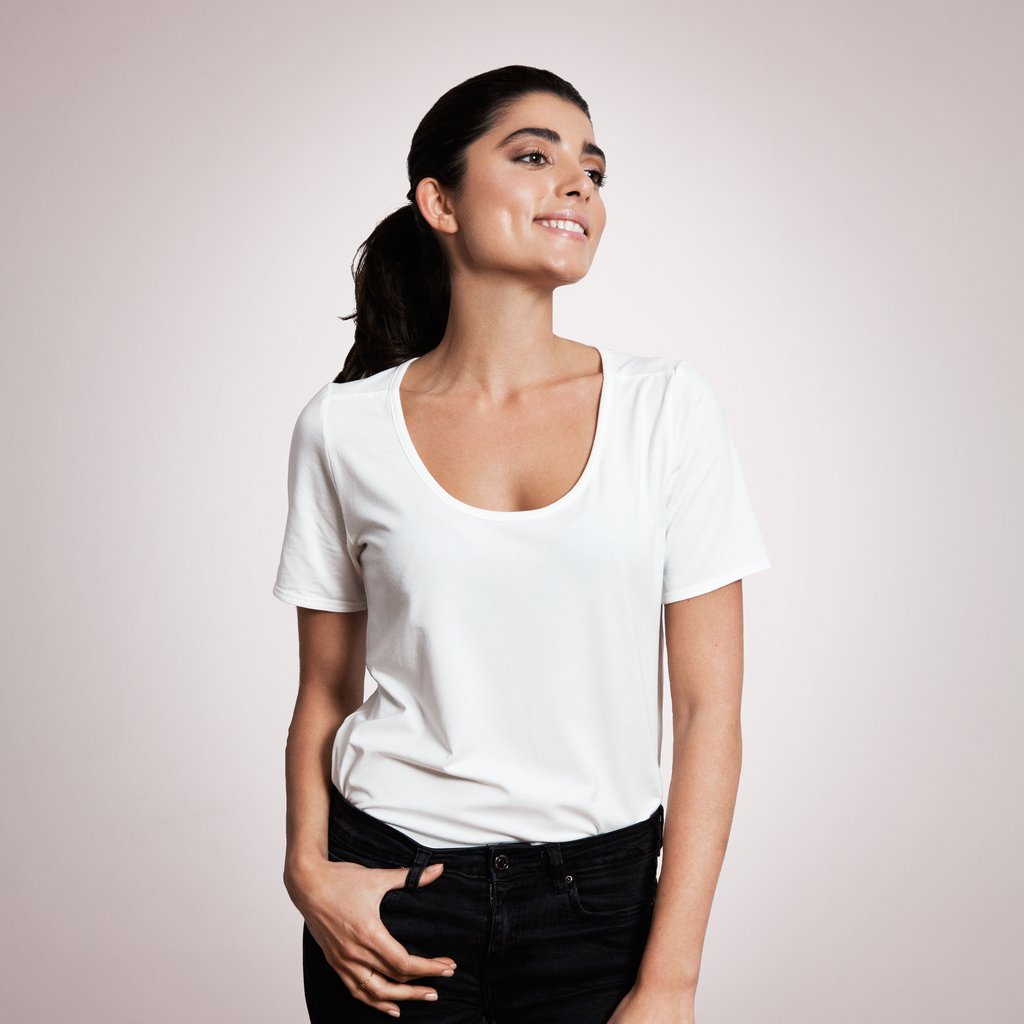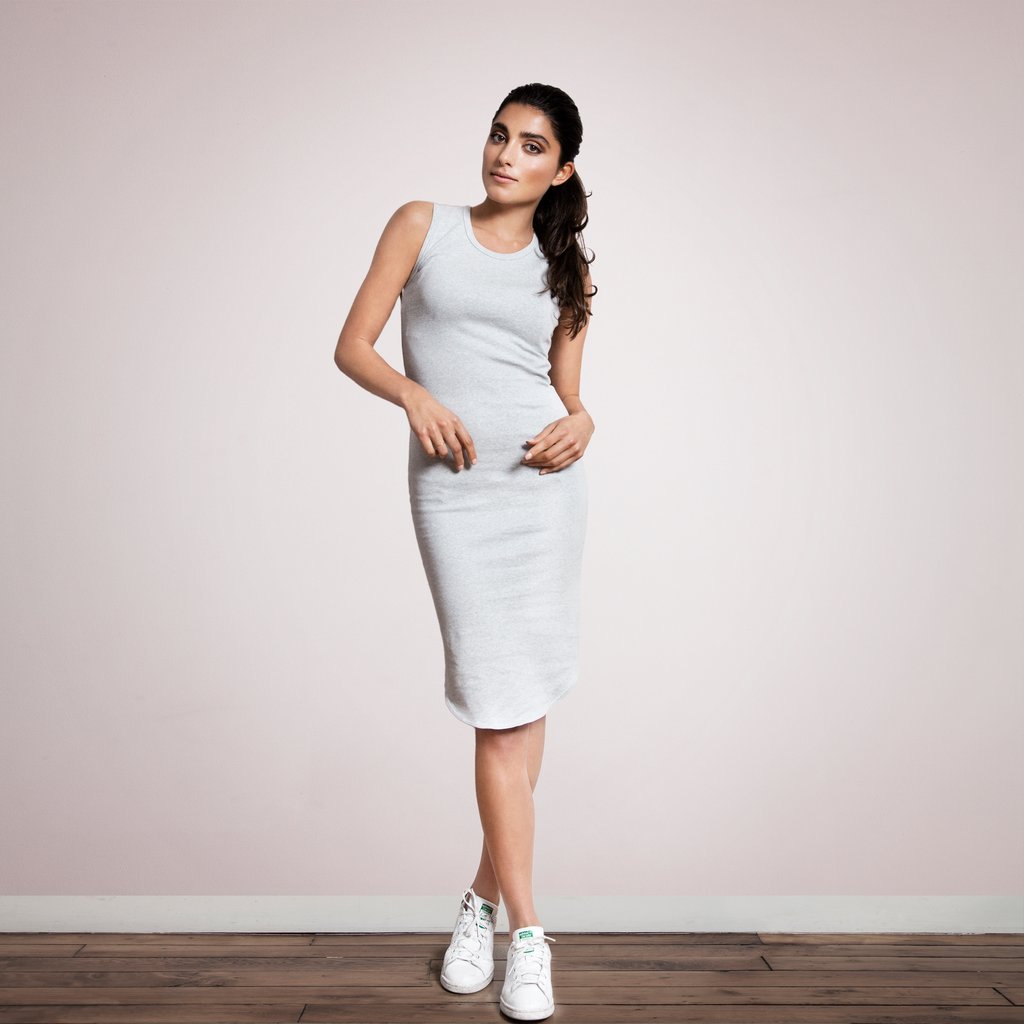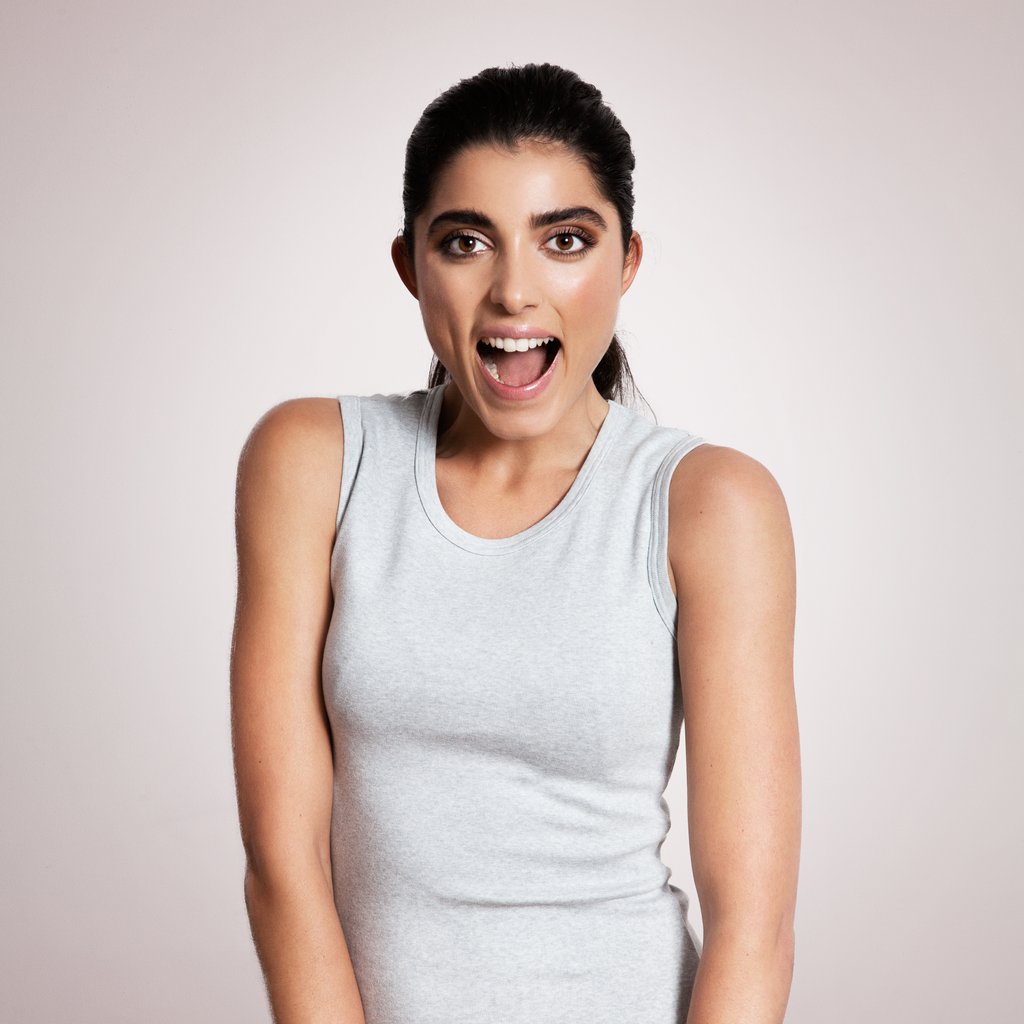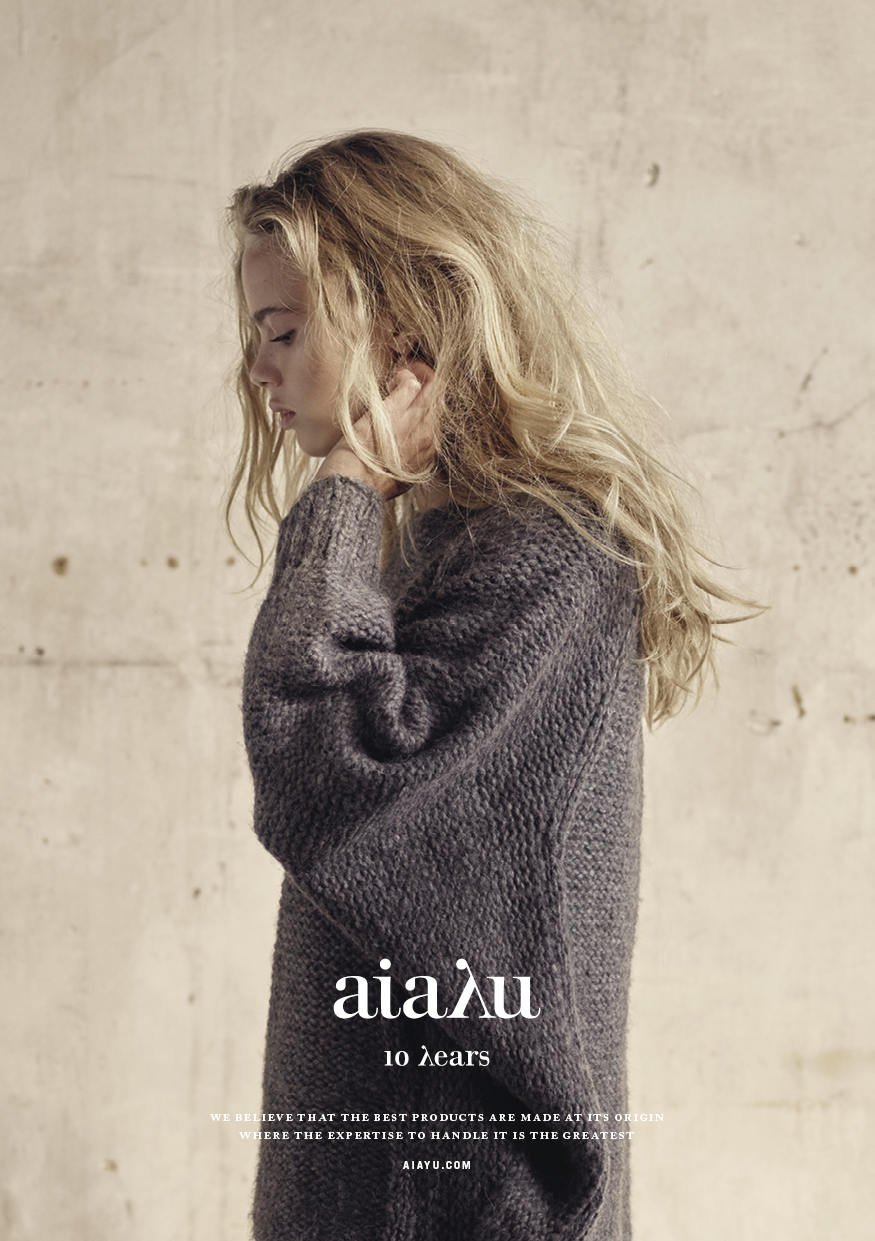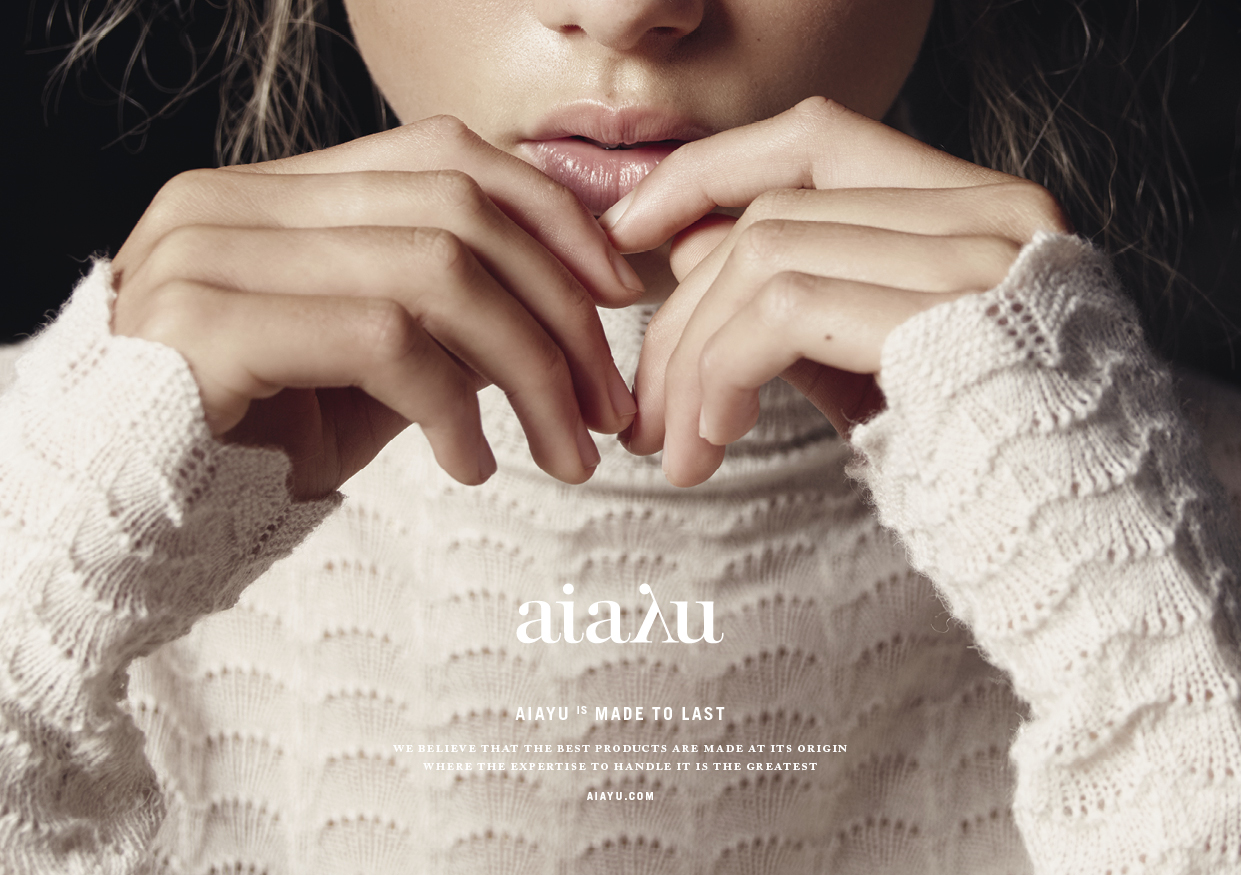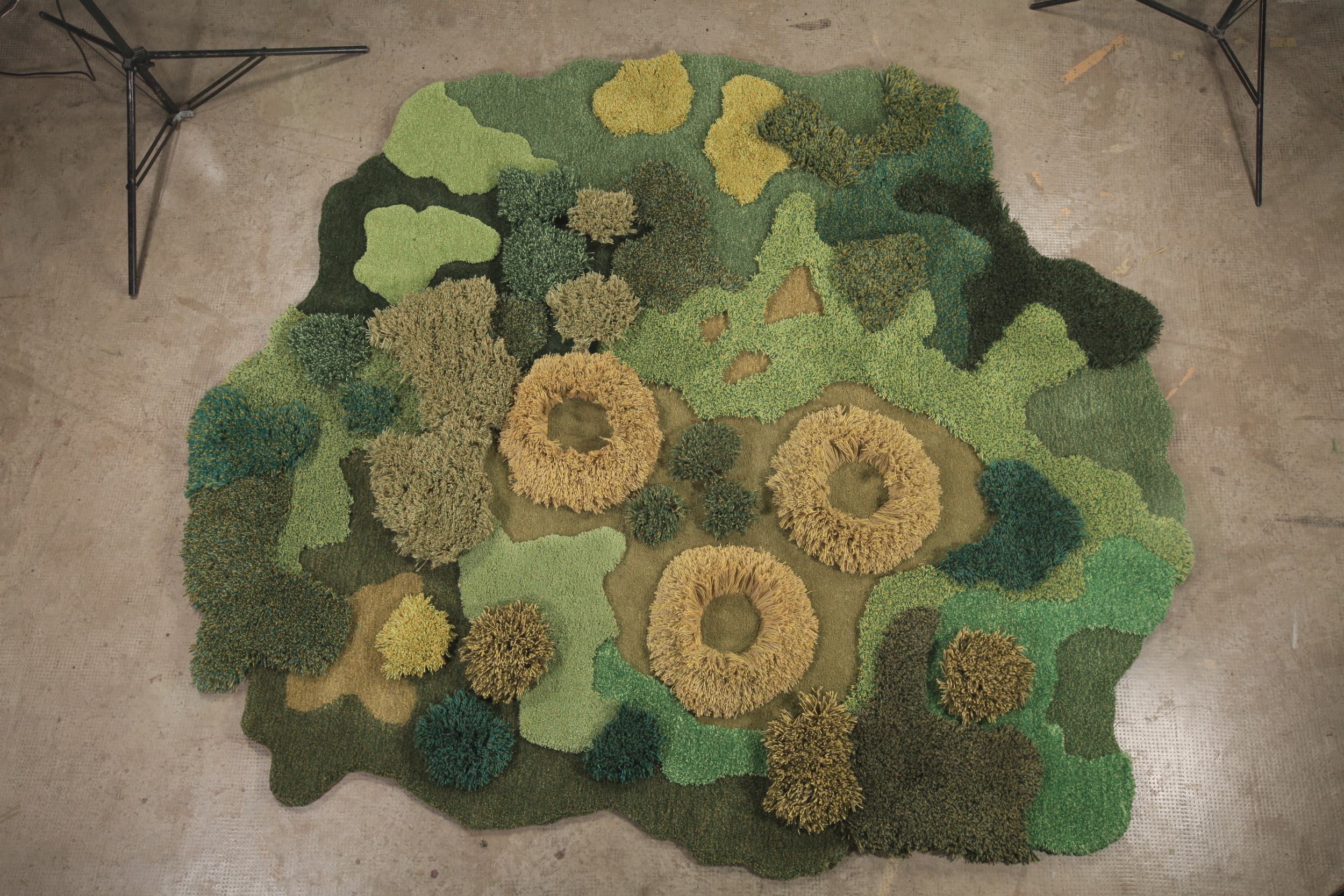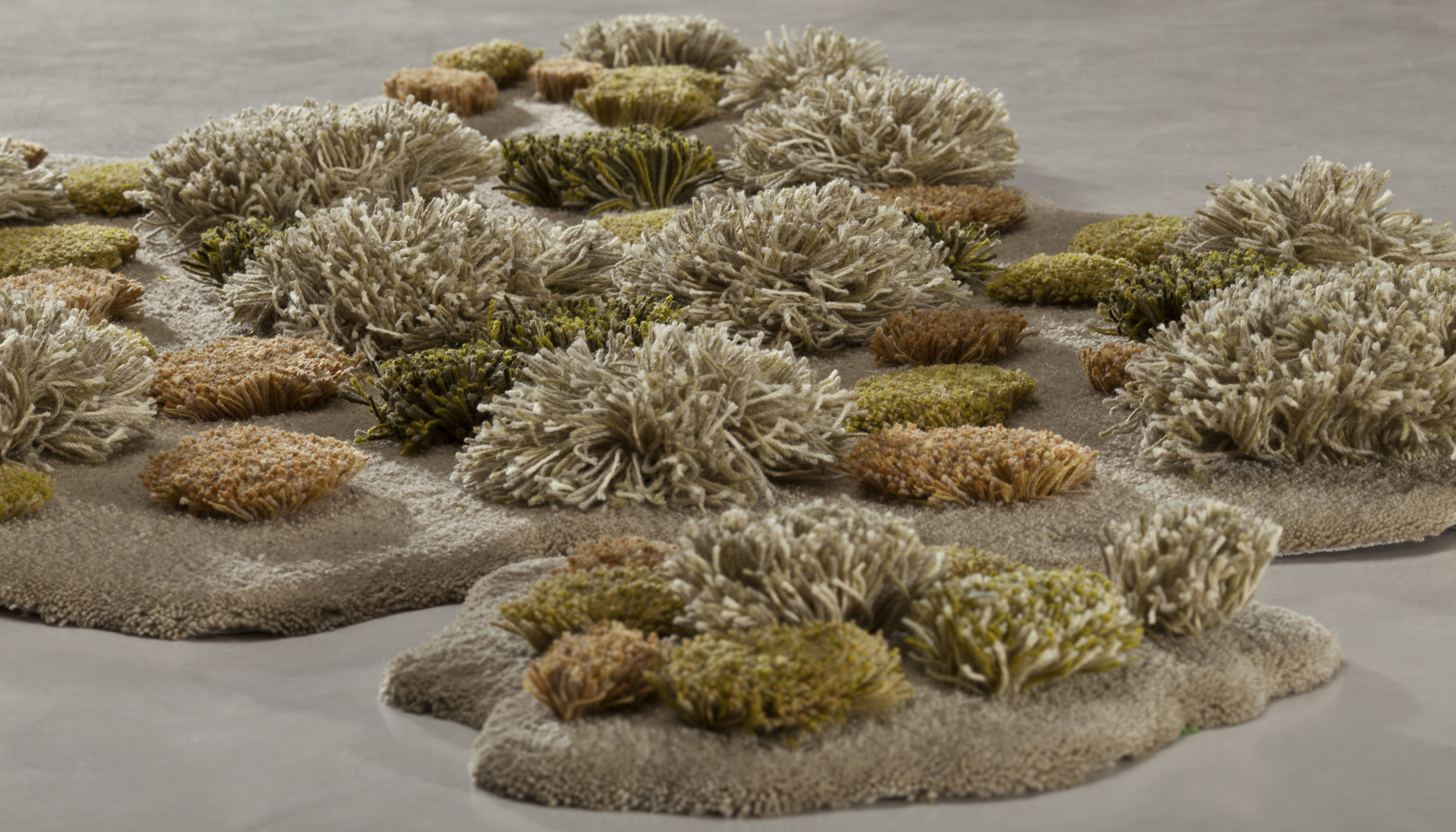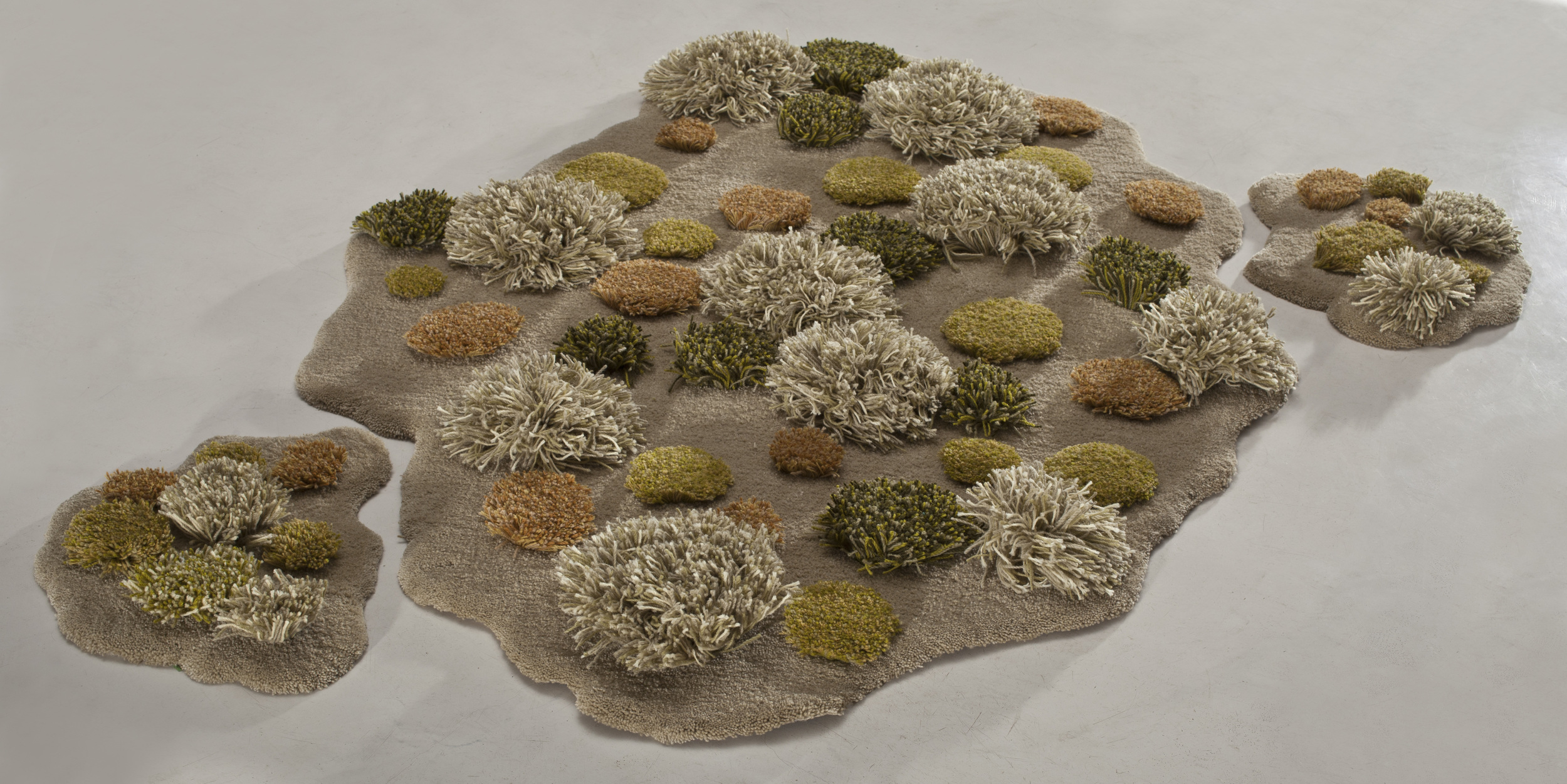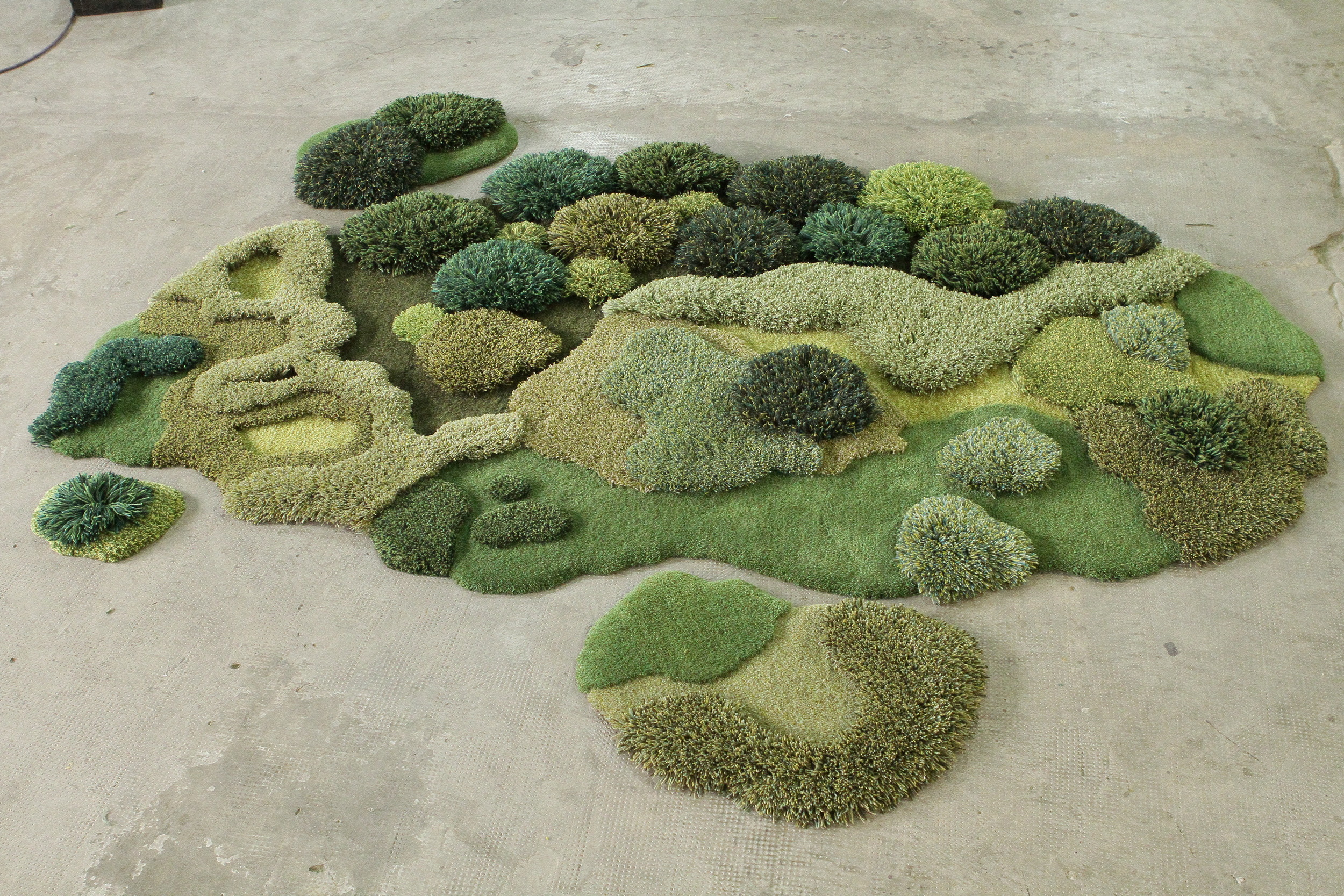Hailing from Iceland, Milla Snorrason mixes unique woollen pieces with a touch of comfort. By creating sustainable fashion for a strong individual, for Milla Snorrason, quality and longevity are the key. We were so inspired by the Scandinavian simplicity and femininity of the Reykjavík-based label that we asked the head designer Hilda Gunnarsdóttir about her design process and her passion for environmental kindness.
Words: Johanna Raudsepp
At Savant, we believe in sustainable fashion and the complete traceability of production. Fast fashion is a craze, but it could be slowed down. What is your take on this?
The mass production of garments is a big problem nowadays. I always think our biggest restriction as regular consumers is our purse, but this needs to be perceived as power. Don't buy fast fashion products, as simple as that. Instead, do your research and try to buy from a company that cares about the conditions in the factories it does business with. It’s always going to be more expensive, but it was also never actually supposed to be cheap, [because it is fair and ethical]. I try to apply this philosophy to my production as well.
We love that you like using sustainable materials and wool. Where do you source your fabrics from? What is your favourite material to work with and why?
I love working with Icelandic wool the most, because it is a local product and I can easily visit its producers, which I always do. This inspired me to even start my range of woollen sweaters. I can see and judge with my own eyes, how the sheep are treated and also how the knitting factory's workers are treated. Icelandic sheep get to run around wild all summer, but in the winter it gets too cold, so they’re kept inside. However, I haven't yet reached that goal of using only sustainable materials. Milla Snorrason is still a very small company and, more often than not, sustainable fabrics have too high minimum orders for us. But I am doing a lot of research and taking one step at a time towards more emphasis on sustainability.
In Iceland, it’s difficult not to be inspired by the magical nature, the breathtaking scenery. Where do you draw your inspiration from when creating a collection for Milla Snorrason? Who is the woman you design for?
For every collection, I take a trip to explore more of Iceland. My favourite pastime is hiking. I take loads of photos and I mostly use these photos to create my prints. Iceland's nature is definitely what inspires me the most, but I also look at so many other things. Our surrounding visual culture inspires me a lot — I go to galleries, watch movies, I surf on the web and I take so many photos and collect them from everywhere. I am constantly researching my next collection. This spring I also went to Mexico and Cuba, which will definitely have its impact in a future collection.
“I am always inspired by people who treat animals with the same kindness as they do people. She is also a big advocate for environmental issues, which is something I take to heart, when deciding where and how to produce my clothes.”
I design first and foremost for myself, but also for my friends, my mother, her friends and any woman in the street who I think is inspiring, and I always wonder what I'd like to see her wear…
We all have people we admire, be it for their kindness, sense of style, or their lifestyle. Who do you look up to as a designer?
She's not really related to design directly, but the first woman that comes to mind is Jane Goodall. I think her work with animals is so beautiful and I am always inspired by people who treat animals with the same kindness as they do people. She is also a big advocate for environmental issues, which is something I take to heart, when deciding where and how to produce my clothes. Visually, I think female artists inspire me the most. They often don't really think about fashion in a traditional way and can have a fresh and interesting take on it.
“Our surrounding visual culture inspires me a lot — I go to galleries, watch movies, I surf on the web and I take so many photos and collect them from everywhere. I am constantly researching my next collection.”
Finally, let’s look through a crystal ball. What does the future hold for Milla Snorrason?
I will show my next collection in early 2017. It will be based on a four-day trip I took with four of my girlfriends to Iceland's highlands in August. It's going to be called Uxatindar [peak in South Iceland] and it's looking wonderful in my head! Past that I just let things flow naturally. My crystal ball doesn't seem to be working that well yet.




